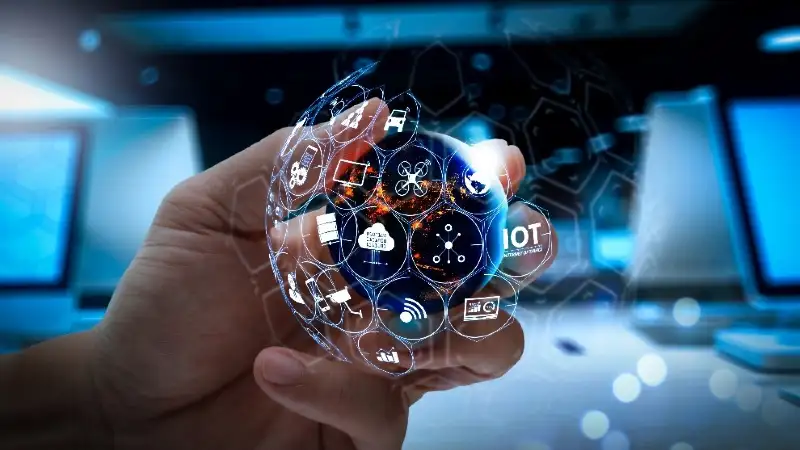The internet of things (IoT) is a rapidly expanding area of technology, with billions of connected devices expected to be in use in the coming years. As the IoT continues to grow, legal developments related to issues such as data privacy, cybersecurity, and liability are likely to emerge. Here is a look at some of the latest legal developments related to the IoT:
Data privacy: One of the key legal issues related to the IoT is data privacy. As more and more devices collect and share personal and sensitive information, there is a growing concern about the protection of this data. In the EU, the General Data Protection Regulation (GDPR) applies to the processing of personal data by IoT devices, and gives individuals the right to access and control their personal data. In the United States, the California Consumer Privacy Act (CCPA) gives California residents the right to request that businesses disclose and delete the personal information they have collected about them. These and other data privacy regulations are likely to continue to evolve as the IoT grows.
Cybersecurity: Another key legal issue related to the IoT is cybersecurity. As more and more devices become connected, the risk of cyber attacks increases, and there is a need for strong cybersecurity measures to protect against these threats. In the EU, the Network and Information Systems Directive (NIS Directive) requires operators of essential services and digital service providers to implement appropriate technical and organizational measures to protect against cyber attacks. In the United States, the Cybersecurity Act of 2015 established a framework for the protection of critical infrastructure from cyber threats.
Liability: Another legal issue related to the IoT is liability. If an IoT device causes harm or damage, it can be difficult to determine who is responsible. This is particularly relevant in the case of self-driving vehicles, which are expected to become increasingly common in the coming years. In the EU, the Product Liability Directive establishes rules for determining liability in the case of defects in products, including IoT devices. In the United States, product liability laws vary by state, and it is not yet clear how they will apply to the IoT.
Challenges and opportunities: The legal issues related to the IoT present both challenges and opportunities for businesses and individuals. On the one hand, there are the challenges of navigating complex and evolving legal frameworks, and of ensuring compliance with data privacy and cybersecurity regulations. On the other hand, there are opportunities to use the IoT to drive innovation and growth, and to leverage the data collected by IoT devices to create new products and services.
Overall, it is clear that the legal developments related to the IoT will continue to evolve as the technology becomes more widespread. Businesses and individuals will need to stay up to date on these developments in order to effectively navigate the legal landscape of the IoT.


